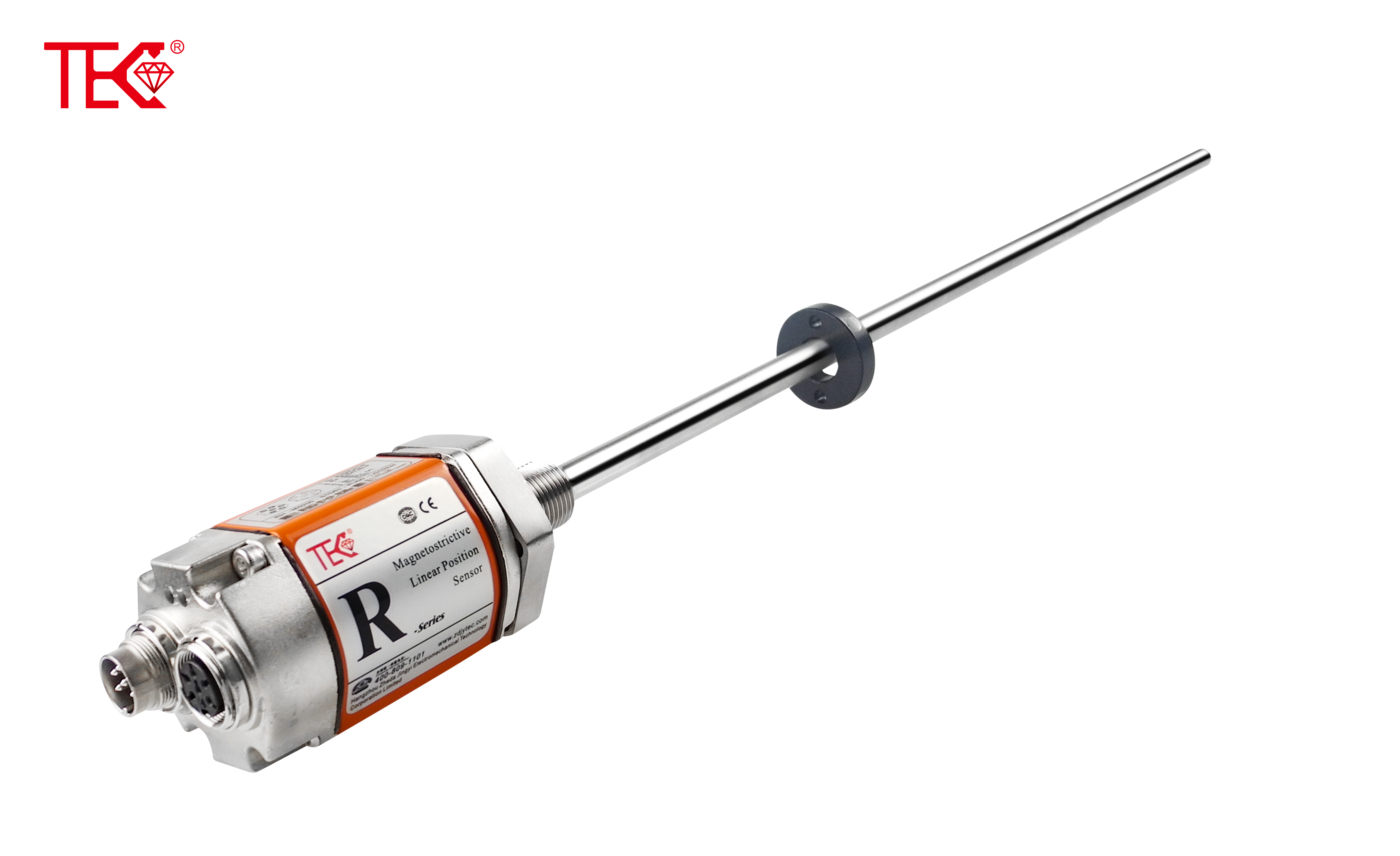MagnetostrictiveLiquidLevelGaugePrincipleandApplications
Understanding Magnetostrictive Level Measurement Technology
Magnetostrictive liquid level gauges represent advanced measurement instruments that deliver exceptional accuracy in various industrial settings. These devices employ a sophisticated physical principle where ferromagnetic materials change their shape under magnetic fields. The core system consists of three primary components: a waveguide wire made of magnetostrictive material, a float containing permanent magnets that moves with liquid level changes, and an electronic transceiver unit. This configuration enables precise, continuous level monitoring without mechanical contact between components, ensuring long-term reliability and minimal maintenance requirements. Industries increasingly adopt this technology due to its superior performance compared to traditional measurement methods.
The Fundamental Operating Principle
The operational foundation of magnetostrictive level gauges lies in the interaction between magnetic fields and magnetostrictive materials. When the float-mounted magnet creates a magnetic field around the waveguide, the transceiver sends an electrical current pulse through the wire. This pulse generates a circumferential magnetic field that interacts with the float's magnetic field, creating torsional stress waves that travel along the waveguide. The system precisely measures the time interval between pulse initiation and stress wave detection. Since the stress wave velocity remains constant, the liquid level position is calculated with remarkable accuracy, typically achieving resolutions up to 0.1% of full scale.
Key Components and Their Functions
A standard magnetostrictive liquid level gauge comprises several crucial elements working in harmony. The waveguide tube, typically constructed from magnetostrictive alloy, serves as the primary sensing element. The float, manufactured with precise buoyancy characteristics and containing powerful permanent magnets, moves freely with liquid level variations. The electronic head unit contains sophisticated circuitry for generating interrogation pulses, detecting returning signals, and converting time measurements into level readings. Additional components include process connections for tank installation, protective enclosures for harsh environments, and various output options including 4-20mA, HART, Profibus, or Foundation Fieldbus protocols.
Advantages Over Conventional Level Sensors
Magnetostrictive technology offers distinct benefits that outperform traditional level measurement methods. These instruments provide exceptional measurement accuracy, typically within ±0.05% of full scale, with excellent repeatability. The non-contact measurement principle eliminates mechanical wear, ensuring long-term stability and reducing maintenance costs. They offer continuous level monitoring with rapid response times, making them ideal for dynamic process conditions. Furthermore, these gauges demonstrate remarkable immunity to temperature variations, pressure fluctuations, and specific gravity changes, maintaining reliable performance across diverse operating conditions.
Industrial Applications in Process Industries
The versatility of magnetostrictive liquid level gauges finds applications across numerous industrial sectors. In chemical processing plants, they accurately monitor reactor vessels, storage tanks, and separation columns containing aggressive chemicals. The oil and gas industry utilizes them for custody transfer applications, inventory management, and process control in refineries. Power generation facilities employ these gauges for fuel oil storage, demineralized water tanks, and chemical feed systems. Additional applications include pharmaceutical manufacturing, food and beverage processing, wastewater treatment plants, and marine vessel ballast management systems.
Installation Considerations and Best Practices
Proper installation significantly impacts the performance and longevity of magnetostrictive level gauges. The sensor must be mounted vertically, with sufficient clearance from tank walls and internal obstructions. For turbulent liquid surfaces, stilling wells or baffle plates may be necessary to ensure stable float operation. In applications with potential sediment buildup, mounting the gauge above the tank bottom prevents material accumulation around the float. Electrical connections require proper grounding and shielding, particularly in areas with electromagnetic interference. Regular calibration verification during maintenance shutdowns ensures continuous measurement accuracy throughout the instrument's service life.
Maintenance Requirements and Troubleshooting
Despite their robust design, magnetostrictive level gauges benefit from periodic maintenance activities. Routine visual inspections should verify float freedom of movement and check for physical damage. Electronic components require verification of output signals and power supply stability. Common issues include float sticking due to material buildup, which necessitates cleaning with appropriate solvents. Electrical faults may manifest as signal drift or complete output failure, typically resolved through connection inspections or module replacement. Most manufacturers provide diagnostic software that facilitates troubleshooting and performance verification without process interruption.

Future Developments in Magnetostrictive Technology
Continuous innovation expands the capabilities of magnetostrictive level measurement systems. Emerging developments include multi-point temperature profiling along the entire probe length, providing additional process insights. Enhanced communication capabilities integrate wireless HART and IoT connectivity for improved data accessibility. Miniaturization efforts enable applications in smaller vessels and restricted spaces. Advanced materials extend operational ranges to extreme temperatures and pressures, while improved signal processing algorithms enhance measurement stability in challenging process conditions. These advancements further solidify the position of magnetostrictive technology as a premier solution for precision level measurement.
 UpgradingYourLevelMeasurementS
UpgradingYourLevelMeasurementS
 Why are magnetostrictive level
Why are magnetostrictive level
 ComparingMagnetostrictiveandRa
ComparingMagnetostrictiveandRa
 MagnetostrictiveLevelSensorfor
MagnetostrictiveLevelSensorfor
